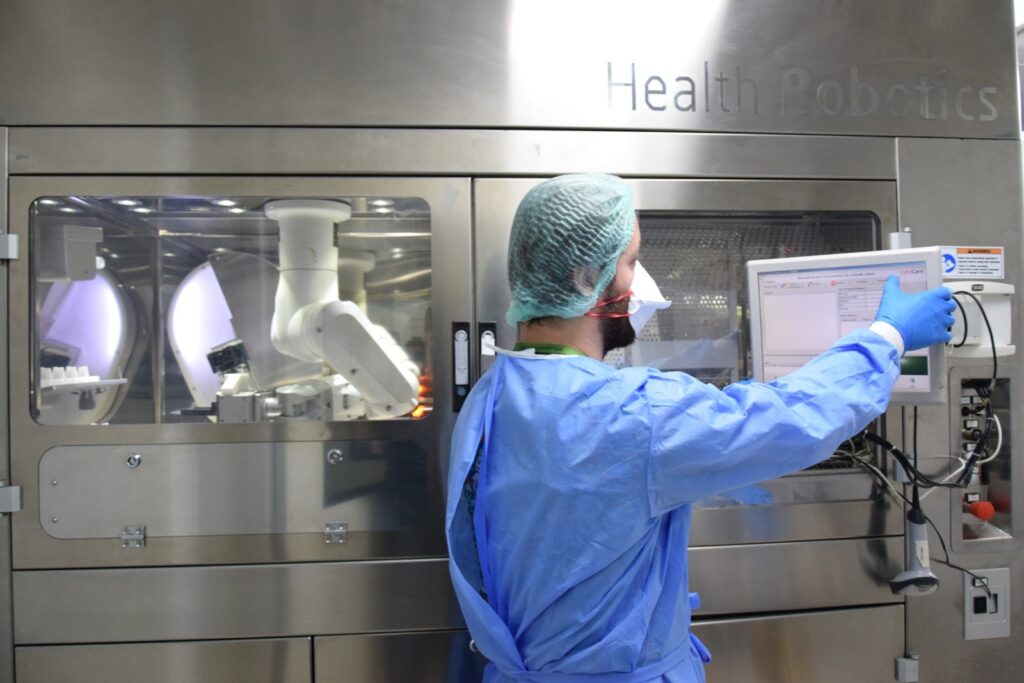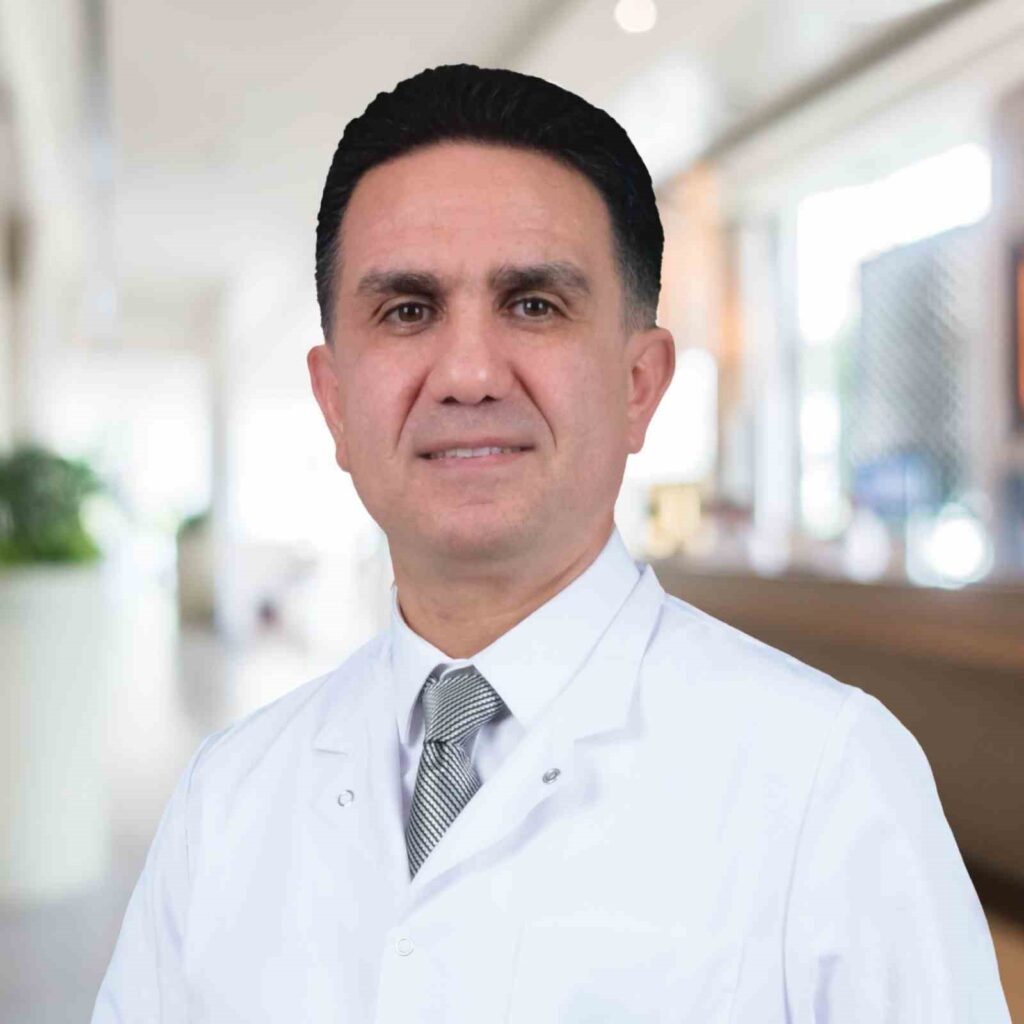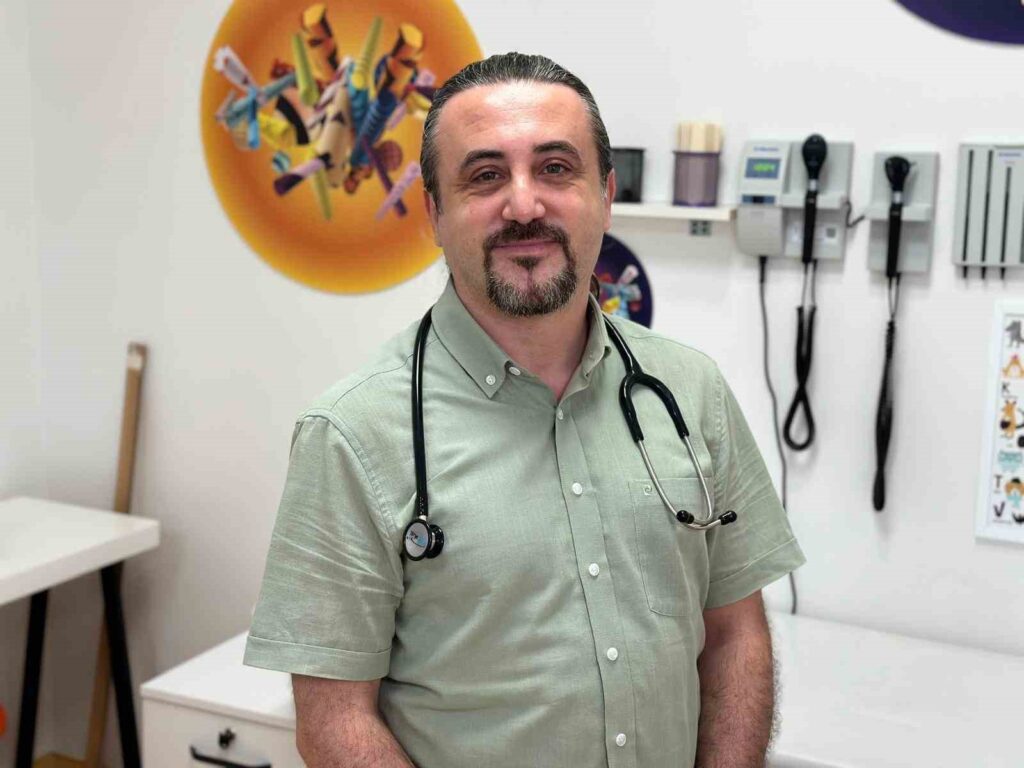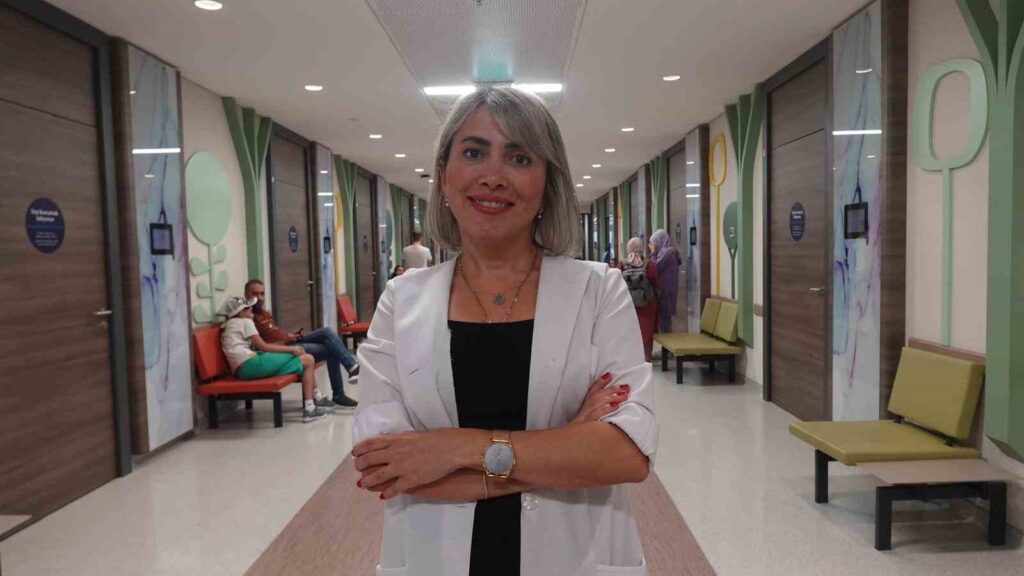Maximizing Efficiency with a New Robotic Drug Preparation Device in the Oncology Unit

The service quality has been further enhanced with the introduction of a robotic drug preparation device at the Oncology Unit of Düzce University Faculty of Medicine Hospital. Prof. Dr. Onur Eşbah, Faculty Member of the Department of Internal Medicine and Medical Oncology Branch at Düzce University Faculty of Medicine, provided information about the robotic drug preparation device. Eşbah stated that the robotic drug preparation device allows for the preparation of cytotoxic drugs without human touch, using gravimetric (exact dosage) filling, and emphasized that the antineoplastic drug preparation robot is a fully closed system developed to eliminate risks to the practitioner, environment, and drug preparation.
“Savings in Medication” Onur Eşbah, who reported that the new robotic drug preparation device has been used at Düzce University Faculty of Medicine Hospital for about 1 month, shared that they had provided service with a fully automatic system for 3 years before the robotic system. Listing the differences of the robotic device from the previous system, Prof. Dr. Eşbah said, “In the robotic system compared to the previous device, there are gravimetric filling and volumetric filling. There are 5 HEPA filters. Therefore, the drug is prepared with much more precise measurements. There is a closed system waste management. This ensures the disposal of the drug environment to the outside environment without penetrating the drug environment inside. Information about the fillings is given in mg and ml. Retrospective tracking can be done. It saves medication.” Pointing out the superior dose precision of robotic drug preparation, Prof. Dr. Onur Eşbah emphasized, “The antineoplastic drug ensures the exact application of the desired dosage by weighing at the beginning and end of the process, and by continuously monitoring the injector position.” Eşbah stated that the robotic drug preparation device prevents preparers and users from being exposed to cytotoxic agents, saying, “We can dose correctly. We can minimize errors caused by the injector to the lowest level. Also, thanks to waste management, the user is not exposed to cytotoxic drug exposure.”
“The Drug Dose Can Be Taken at the Most Precise Level” Emphasizing that the most important thing in chemotherapy is to be able to dose correctly at the maximum level, Düzce University faculty member Onur Eşbah said, “Thanks to this precise adjustment, the patient can receive the drug dose determined by the physician at the most precise level. In the closed system, the preparer is not exposed to the drug, and the risk of inhaling the drug is prevented. Tracking of past drug administrations is possible. In addition, drug loss is prevented, and medication savings are achieved.”
“Practitioner-Related Errors Are Reduced” Referring to recent studies indicating that exposure to hazardous drugs can lead to infertility, miscarriage, birth defects, leukemia, and other types of cancer in healthcare workers, Prof. Dr. Eşbah completed his explanation by stating, “Vapors, aerosols, leaks, spills, and accidental needlestick injuries all pose potential risks. Through the robotic drug preparation device, it is aimed to prevent such risks. With robotic applications, in addition to obtaining the exact dose in hospitals during the stages of antineoplastic drug preparation, practitioner-related errors are reduced, and higher efficiency and service quality are ensured.”







